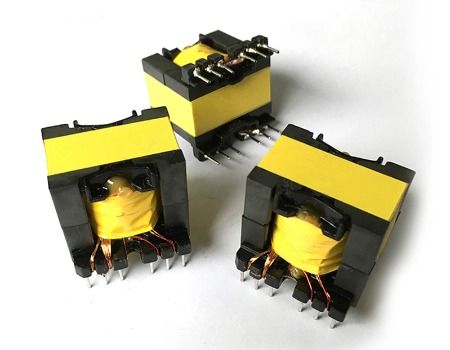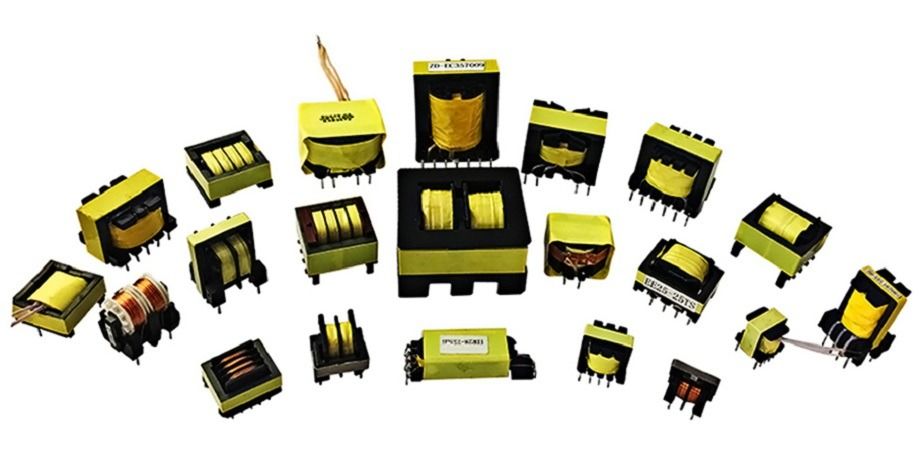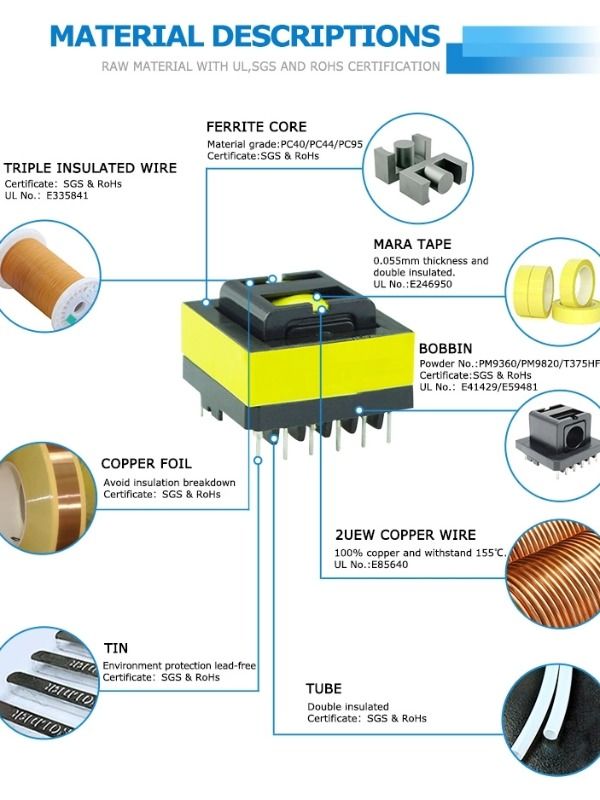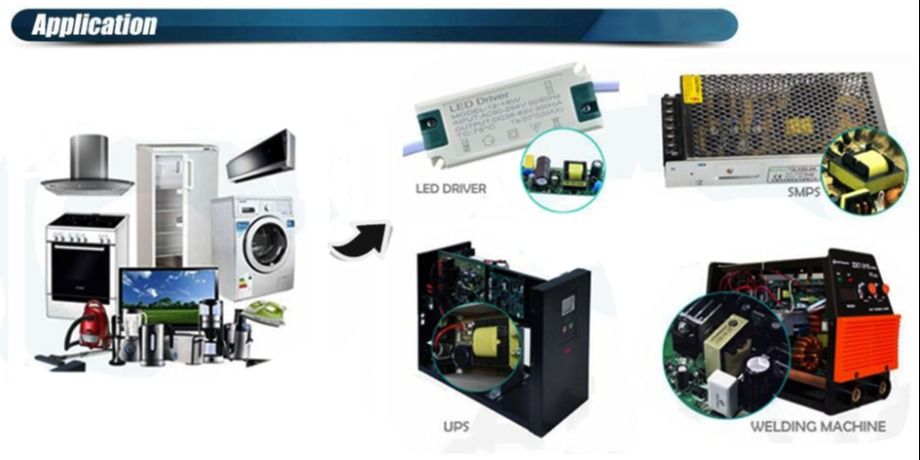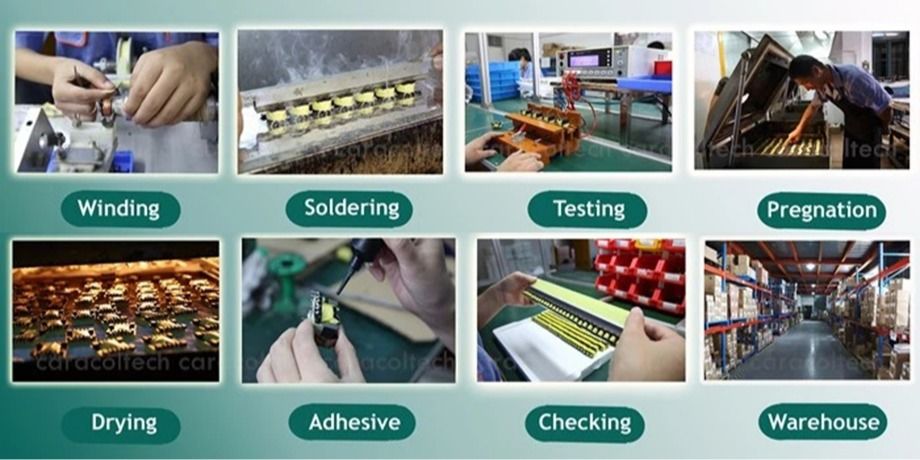Sound field design The basic design of a sound field should include sound insulation treatment, on-site noise reduction, reasonable requirements of building structure, realization of sound uniformity, solution of sound tremor, focus, resonance, feedback, etc. Jiansheng principle Reasonable reverberation, good sound diffusivity, no acoustic focusing, no audible vibration noise, no dead sound points Hue should not cause the meeting or performance to be too dim Avoid large hollow or poorly supported cavity structures in the sound reinforcement area Avoid large-area glass windows and do not install stone draft ceilings directly in aluminum alloy slots Basic requirements for room acoustics With proper loudness: Loudness Auditorium (mainly language) greater than 85dB Cabaret (concert hall) greater than 103dB Disco is greater than 110dB Meeting room greater than 80dB Sound energy is evenly distributed: The loudness of the sound heard in each seat of the auditorium should be relatively uniform. Through sound quality design, it should be able to make the sound pressure level of each area of ​​the auditorium not too different, and the unevenness of the indoor sound field should be controlled within about 3dB Meet SNR requirements: Noise interferes and masks people's normal hearing. The indoor noise environment for different purposes has different allowable noise levels. Generally, the signal-to-noise ratio should be greater than 30dB at the position of the minimum sound pressure level in the room Ensure balanced frequency response throughout the room: The indoor audio system should ensure that the frequency response is balanced everywhere. The fluctuation within 125-4000HZ is 6--10dB, and the fluctuation within 100-8000HZ is 10--15dB. If there are acoustic defects such as acoustic focusing, dead sound point, standing wave, and acoustic resonance in the room, the frequency balance will be destroyed Select a suitable natural reverberation time in a reasonable proportion of the building sound of the hall L (length) W (width) H (height) Auditorium (mainly language) 1.2-1.5S 3.10 1.30 1.00 Concert Hall 1.8-2.4S 3.90 2.70 1.00 Small and medium singing hall 0.7-1.2S Meeting room 0.5-0.8S Calculation formula of reverberation time a Average --- The average sound absorption coefficient in the room S --- total internal area of ​​the sound field M --- sound energy attenuation coefficient (0.0015) T --- sound field reverberation time V --- the content of the sound field S1 --- Sn --- internal surface area of ​​sound field Relevant standards referenced during scheme design IEC914-Conference System-Electronic and Audio Equipment Standard Audio conference sound reinforcement and video display system in accordance with the national industry standards of the People's Republic of China GYJ25-86 "Requirements for Acoustic Characteristics of Auditorium Sound Reinforcement System" CBJ232-82 "Code for Construction and Acceptance of Chinese Electrical Installation Engineering" SJ2112 "Optimal electrical connection value for the interconnection of hall sound reinforcement system equipment" JGB / T16-92 "Code for Electrical Design of Civil Buildings" CB7401 "Regulations for subjective evaluation of image quality" CB7401 "Regulations for subjective evaluation of image quality" |

Follow WeChat
Interesting and informative information and technical dry goods

Download Audiophile APP
Create your own personal electronic circle

Follow the audiophile class
Lock the latest course activities and technical live broadcast
comment
Publish
related suggestion
